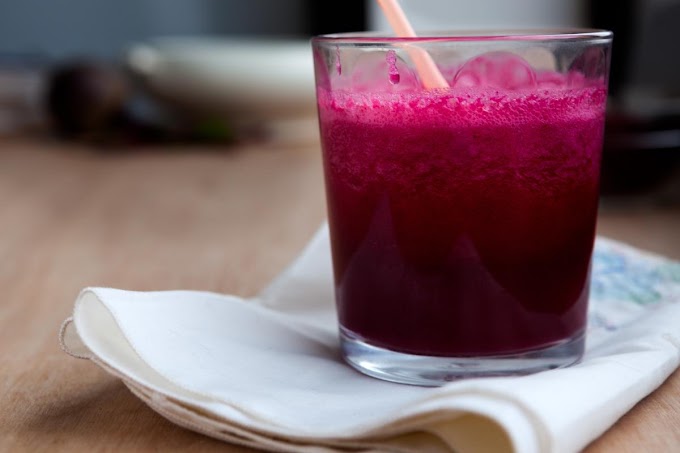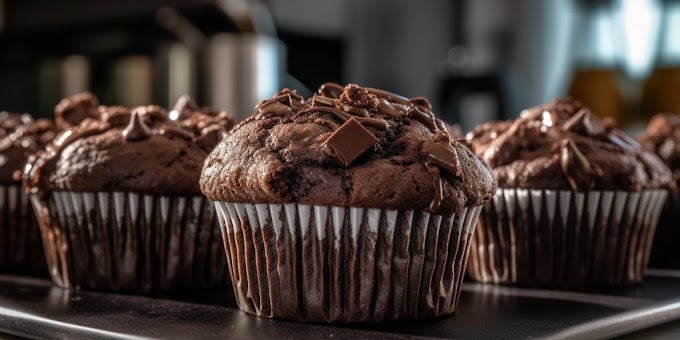There's nothing quite like biting into a slice of homemade pizza with a perfectly crispy crust. While achieving that delightful crunch may seem elusive, especially when baking in a home oven, there are several tried-and-true techniques that can help you create a crust that rivals your favorite pizzeria. From selecting the right ingredients to mastering the baking process, here's how you can make your homemade pizza crisper.
1. Choose the Right Flour
The foundation of a crisp pizza crust starts with the flour you use. opt for high-protein flour, such as bread flour, instead of all-purpose flour. Bread flour contains more gluten, which gives the dough better elasticity and chewiness, essential for achieving a crispy crust. If you want to take it a step further, try using a combination of bread flour and semolina flour. Semolina adds a slightly coarser texture to the dough, enhancing the crispiness.
2. Hydration: Get the Water Ratio Right
The hydration level, or the amount of water in your dough, plays a crucial role in determining the texture of your pizza crust. A dough with a higher hydration level (around 65-70%) will result in a lighter and airier crust, but it can also be more challenging to work with. On the other hand, a lower hydration level (around 55-60%) will make the dough easier to handle and contribute to a crisper crust. Experiment with the water ratio to find the balance that works best for you.
3. Use Cold Fermentation for Dough Development
Cold fermentation is a game-changer when it comes to developing flavor and texture in pizza dough. Allowing your dough to ferment in the refrigerator for at least 24 hours, and up to 72 hours, enhances its flavor while also improving the texture. The slow fermentation process helps break down the starches in the flour, making the dough easier to digest and giving it a better structure, which contributes to a crisper crust.
4. Stretch, Don’t Roll the Dough
When shaping your pizza dough, resist the urge to use a rolling pin. Rolling the dough can compress the air bubbles that have developed during fermentation, resulting in a denser, less crispy crust. Instead, use your hands to gently stretch the dough into shape. Start by pressing the dough from the center outward, allowing the edges to remain slightly thicker. This technique helps retain the airiness in the dough, which is essential for a crispy crust.
5. Preheat Your Oven and Baking Surface
Achieving a crispy crust at home largely depends on how hot your oven can get. Most home ovens can’t reach the high temperatures of professional pizza ovens, but preheating your oven to its maximum temperature (usually around 500°F or 260°C) for at least 30 minutes before baking is crucial. Additionally, using a pizza stone or a baking steel can significantly improve your crust’s crispiness. These surfaces retain and distribute heat more evenly than a standard baking sheet, mimicking the intense heat of a pizza oven.
6. Par-Bake the Crust
If you’re finding it difficult to achieve the desired crispiness, try par-baking the crust. This method involves baking the dough without toppings for a few minutes before adding your sauce and toppings. Par-baking allows the crust to firm up and start developing that crispy texture before the moisture from the toppings can interfere. After par-baking, remove the crust from the oven, add your toppings, and then bake it to completion.
7. Don’t Overload on Toppings
It’s tempting to pile on your favorite toppings, but too many ingredients can weigh down the crust and make it soggy. Stick to a moderate amount of sauce, cheese, and toppings to allow the crust to stay crisp. opts for drier toppings when possible, as moisture-rich ingredients like fresh tomatoes or watery vegetables can release liquid during baking, leading to a less crispy crust. If you’re using moisture-heavy toppings, consider pre-cooking them to reduce their water content.
8. Use a Thin Layer of Sauce
The sauce can make or break your pizza crust’s texture. A thin, even layer of sauce is key to preventing sogginess. If your sauce is too watery, it can seep into the dough and hinder its ability to crisp up. To avoid this, either reduce your sauce by simmering it on the stove to thicken it or use a thicker, high-quality pizza sauce. Additionally, consider applying a very light brush of olive oil on the dough before adding the sauce to create a barrier that can help keep the crust crisp.
9. Bake Your Pizza on the Lowest Oven Rack
Positioning your pizza on the lowest rack of your oven ensures that the crust is closest to the heat source. This placement encourages the bottom of the crust to cook more rapidly, resulting in a crispier base. If you’re using a pizza stone or steel, place it on the lowest rack while preheating to absorb as much heat as possible. This strategy helps mimic the intense bottom heat of a traditional pizza oven, giving you a better chance of achieving that perfect crispy crust.
10. Finish with a Brief Broil
To achieve a balance between a crispy crust and perfectly melted toppings, consider finishing your pizza with a brief broil. Once the crust is nearly done, move the pizza to the top rack and broil for 1-2 minutes. Keep a close eye on it to avoid burning. This step will give you a beautifully browned cheese layer while maintaining the crispiness of the crust.
11. Let the Pizza Cool Slightly Before Slicing
It’s tempting to dig into your pizza the moment it comes out of the oven, but giving it a few minutes to cool before slicing can make a difference. Allowing the pizza to cool slightly helps the cheese set, preventing it from sliding off when you cut into it. More importantly, this short resting period allows the crust to firm up further, ensuring that each slice remains crispy.
Conclusion
Creating a perfectly crispy homemade pizza is a combination of the right ingredients, techniques, and patience. By focusing on the dough, using high heat, and being mindful of toppings, you can elevate your pizza-making game and enjoy a slice that’s not just delicious but has that irresistible crunch. Whether you’re a seasoned home cook or a pizza-making novice, these tips will help you achieve a crispier crust and a more satisfying pizza experience.
With practice and a bit of experimentation, you’ll soon be serving up pizzas with a crust so crispy, your friends and family will think you ordered in from a gourmet pizzeria. Happy pizza making!








Social Plugin